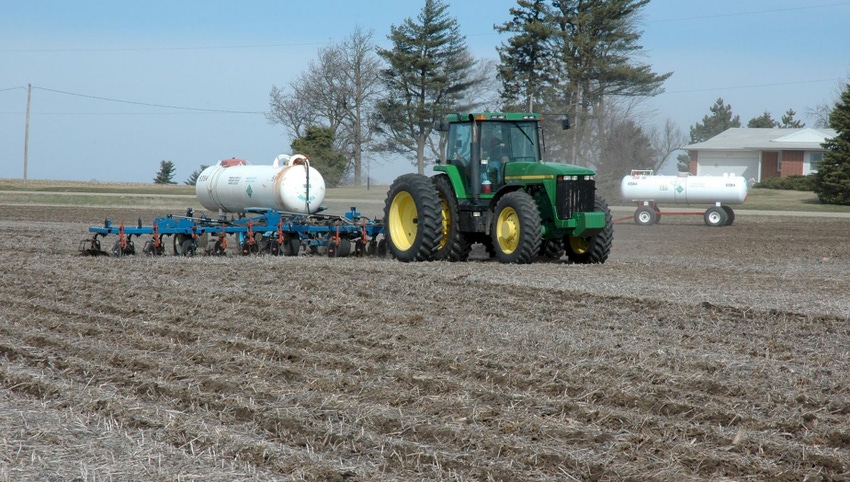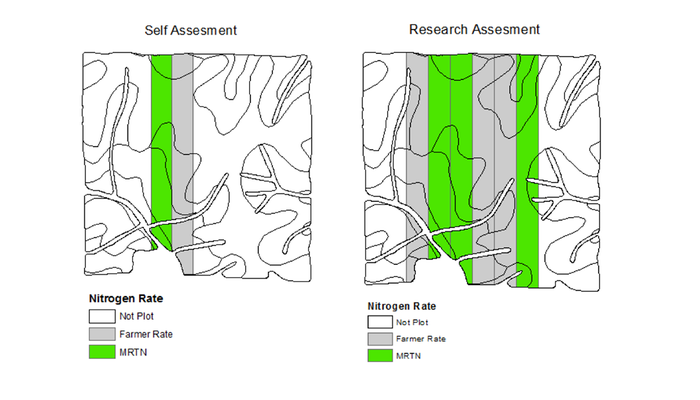March 9, 2017

Improving profitability by reducing rates | Iowa Soybean Association
Often, when a farmer is asked how they determine nitrogen application rates, their answer is generally along the line of “that’s what my dad did and it worked.” While it may work in the sense of higher corn yields, the old rates may not be economical.
A new research study with the Iowa Soybean Association (ISA) On-Farm Network is looking to help farmers determine their most profitable nitrogen rates.
In order to determine the most profitable rate, the On-Farm Network will be working with a prediction website developed by John Sawyer at Iowa State University (ISU). The website, www.cnrc.agron.iastate.edu, has compiled hundreds of small plot nitrogen studies to provide the best estimate of the most profitable nitrogen rate.
In many cases, this recommended rate is much lower than farmers typically use, which may give some farmers pause.
“The website generally suggests a lower rate than farmers are currently applying, but that’s not a bad thing,” said Scott Nelson, ISA On-Farm Network director. “Oftentimes, the current rates may no longer be economically viable. While a lower rate may mean lower yield, it also means lower input costs.”
Predictions of the 2017 growing season state farmers will need to be as efficient as possible. Maximizing efficiency through lower input costs could mean the difference between staying in the black and dipping into the red.
Getting involved with this project is as easy as conducting any other On-Farm Network trial. Farmers are asked to apply their normal rate and the ISU-recommended rate according to one of the two plot layout options. After application, farmers are asked to capture yield data and anonymously upload their results to the ISA website. Once all results have been reported, the ISA Analytics team will aggregate the data and report overall results.

“Especially in years when efficiency is so important, using the proper rate of nitrogen could make a big difference for farmers,” Nelson said. “Our hope is to help not only the farmers involved in the project become more profitable, but farmers across Iowa through the use of the aggregated data.”
An additional benefit to improving nitrogen efficiency is decreasing the amount of nitrogen available to runoff fields after rain events. This will reduce the amount of nitrogen downstream and demonstrate Iowa farmers’ willingness to work toward better water quality for Iowa.
Farmers wanting to improve their nitrogen efficiencies, lower input costs and work to improve water quality are encouraged to contact their regional agronomist.
Anthony Martin, northeast Iowa, [email protected], 515-334-1048
Brett McArtor, southern Iowa, [email protected], 515-334-1037
Matt Hoffman, northwest Iowa, [email protected], 712-210-2100
All On-Farm Network and Environmental Programs and Services involvement opportunities can be viewed at www.iasoybeans.com/research.
You May Also Like




